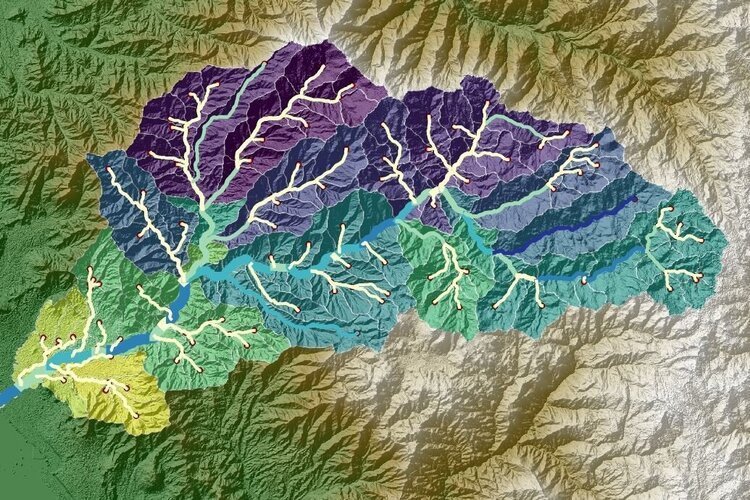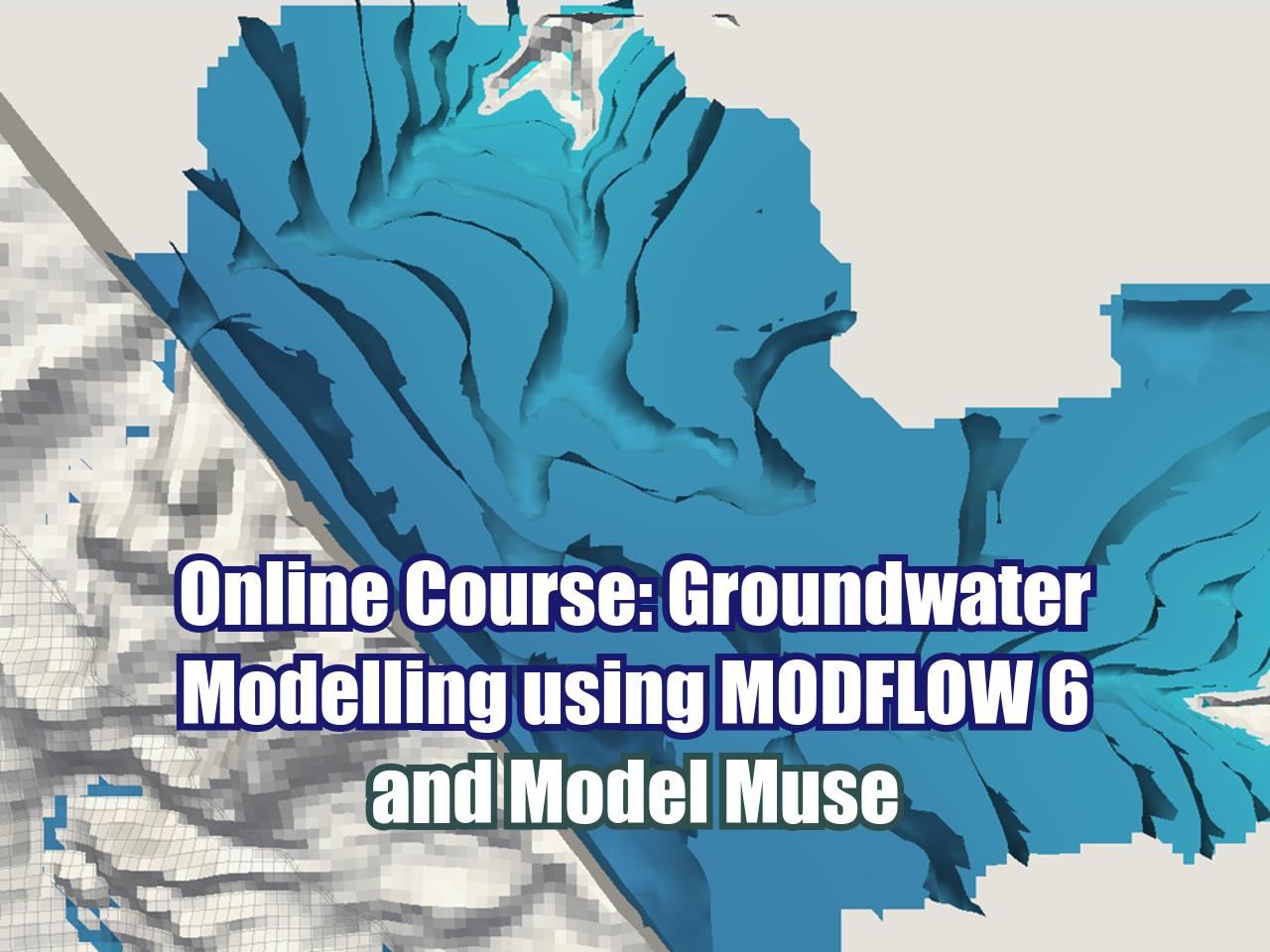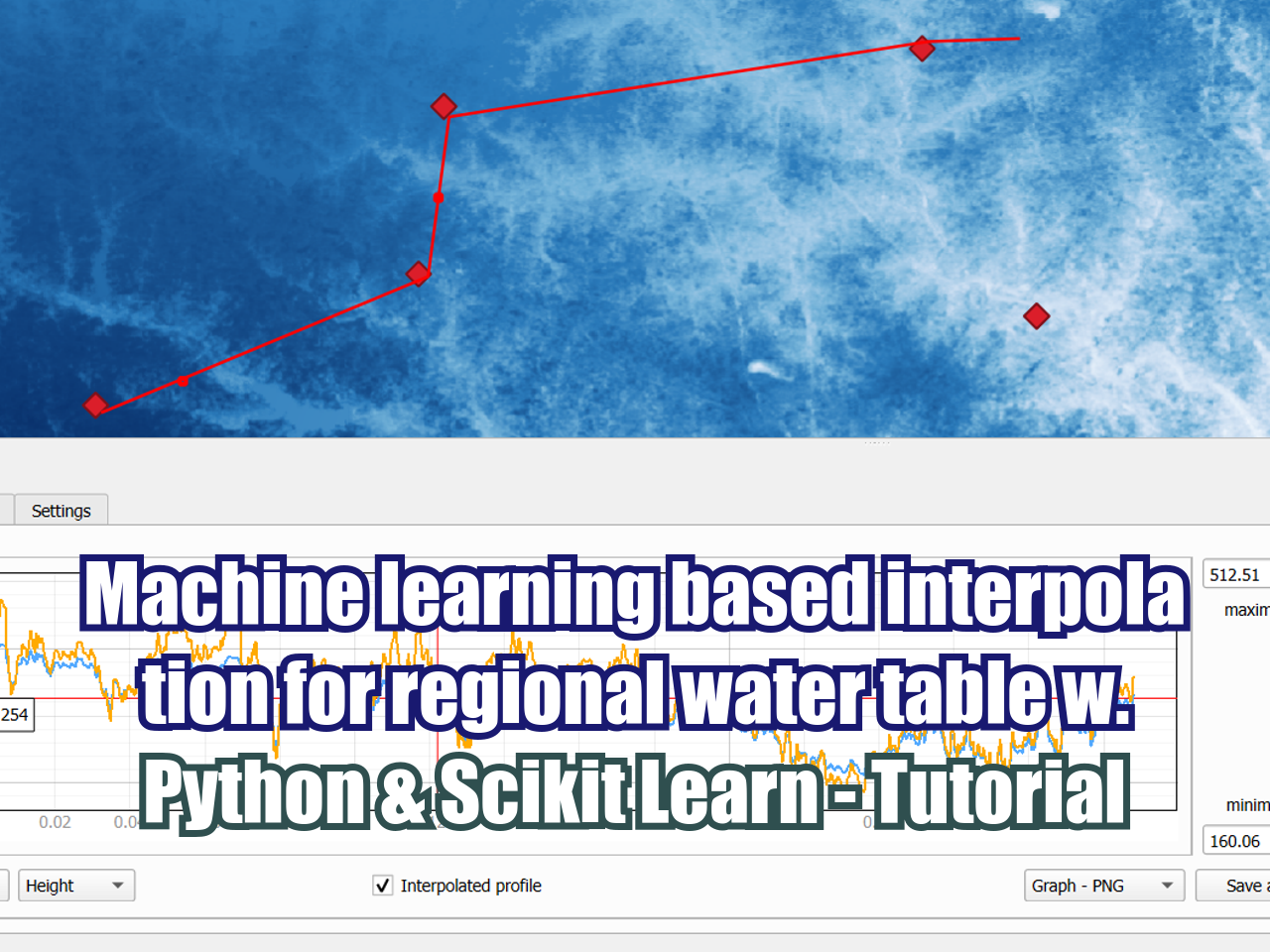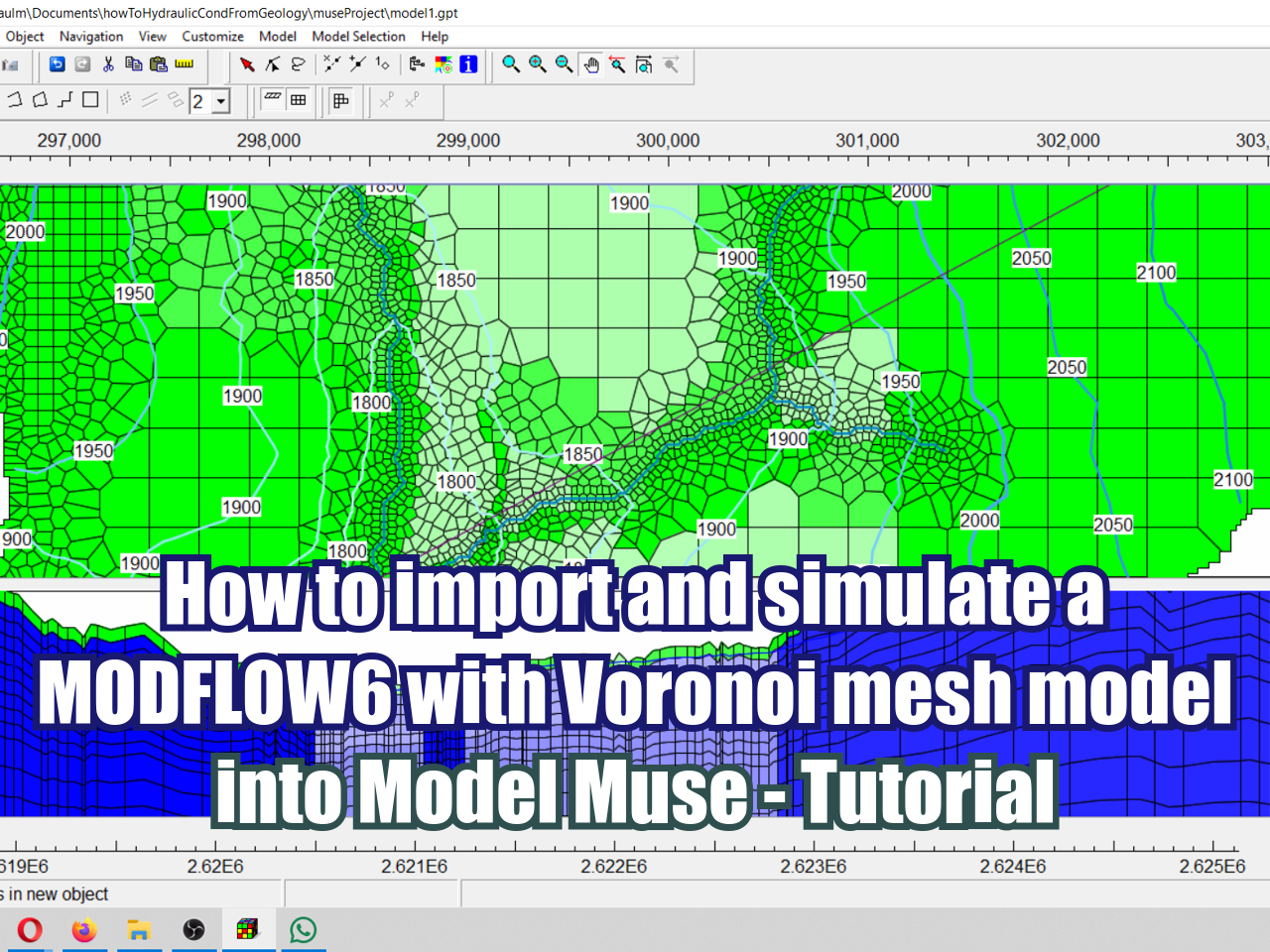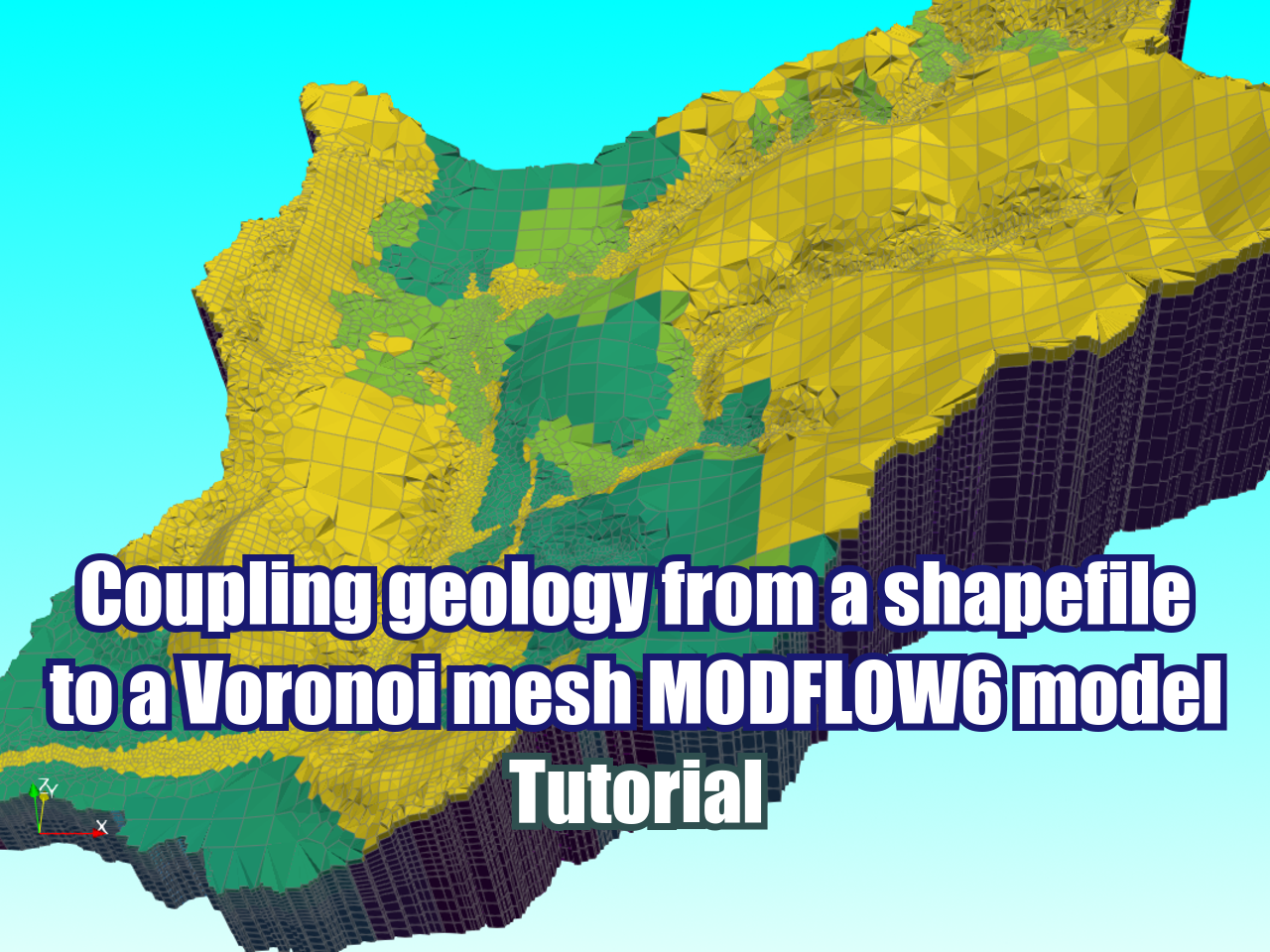Spectral signature behavior analysis for seawater quality with QGIS 3 and SCP plugin - Tutorial
/Remote sensing allows the interpretation of dynamic processes in a study area at a spatial and temporal level. This information is collected from the surface that is captured by a sensor located on board a satellite in orbit around the earth. In this way, you can compare images and analyze the changes of a study area.
Different space agencies have facilitated access to information provided by satellites through servers and web portals, where satellite images can be downloaded for the analysis and interpretation of resources, for this instance, the quality of seawater can be analyzed through the classification of specific footprints using geographic information systems tools such as QGIS 3 and the Semi-Automatic Classification plugin.
Download Sentinel 2 images
To perform a seawater quality analysis using geographic information systems tools, you must first download images from the study area. In this tutorial, you chose the Sentinel 2 images of the European Space Agency (ESA) to deliver images and data of the environment. The Sentinel 2 satellite has a large coverage and high resolution with 13 spectral bands. Hatari labs offer a tutorial about downloading Sentinel 2 (resolution 10 m) images and the versions in QGIS.
https://www.hatarilabs.com/ih-en/how-to-download-esa-sentinel-2-satellite-images
The Sentinel 2 images can also be downloaded for free through the Semiautomatic Classification add-on with QGIS 3.
Enhancements and combinations of bands
With the SCP tool and QGIS 3 we will analyze the color combinations that allow obtaining highlights to visualize the study area. The combination of the bands provided by the sensor will result in the visualization of a natural color image. All other combinations of bands will be called as a false color image.
In the following image (left) the representation of the image in natural color is observed, product of the combination of the red, green and blue bands (4-3-2). Also, the image (center) in false color obtained from the combinations of bands 8, 11 and 4 is observed, which makes it possible to differentiate the bodies of water. The image (right) with infrared pattern was composed with bands 8 - 4 - 3 to determine areas of vegetation cover that are represented with a red hue.
To analyze the behavior of the spectral signature of the sea, the factors that have an impact on water quality must be considered, one of which is the process of eutrophication.
Application of remote sensing in eutrophication processes in the Sea
Eutrophication is a process that produces an accumulation of nutrients, including phosphorus and nitrogen, which leads to an excess growth of plants and algae, causing a decrease in the penetration of sunlight into the body of water and a reduction of dissolved oxygen in water.
The following image shows the state of the study area, observing greenish and turbid waters due to the great increase of phytoplankton concentration changing its original crystalline warm waters.
The main factors that affect eutrophication in the aquatic environment are:
- Weather
- Depth
- Characteristics of drainage area
- Geology
- Human activities (air pollution, agriculture, urban, etc.)
With the help of remote sensing, eutrophication processes can be detected, objects can be identified through reflectance or radiation levels, which are reflected in the signature or spectral trace.
Spectral behavior of seawater
In the case of water, it tends to absorb and transmit the great majority of incident radiation, resulting in almost zero space reflection. Next we will analyze the behavior of two spectral signatures of the sea.
Spectral signature of the Mediterranean Sea
The spectral response of seawater has a unique characteristic when the image is presented in black or dark blue. It is observed that the green color response is not significant along the wavelength, becoming practically null in the infrared and greater wavelengths.
Spectral signature of the sea affected by eutrophication
The spectral response of the sea affected by eutrophication processes indicates that there is a high reflectivity in the green zone of the spectral signature, due to the presence of chlorophyll, product of the high concentrations of plant species.
Between both signatures, significant absorption differences can be observed in the band belonging to the green color, fruit of the reflectivity caused by the chlorophyll content in the water














